Here is my simple idea:
You can move around the bits of the number, as PeterK proposed, but you can have a different permutation of bits for each number, and still be able to decipher it.
The cipher goes like this:
Treat the input number as an array of bits I[0..31], and the output as O[0..31].
Prepare an array K[0..63] of 64 randomly generated numbers. This will be your key.
Take the bit of input number from position determined by the first random number (I[K[0] mod 32]) and place it at the beginning of your result (O[0]). Now to decide which bit to place at O[1], use the previously used bit. If it is 0, use K[1] to generate position in I from which to take, it it is 1, use K[2] (which simply means skip one random number).
Now this will not work well, as you may take the same bit twice. In order to avoid it, renumber the bits after each iteration, omitting the used bits. To generate the position from which to take O[1] use I[K[p] mod 31], where p is 1 or 2, depending on the bit O[0], as there are 31 bits left, numbered from 0 to 30.
To illustrate this, I'll give an example:
We have a 4-bit number, and 8 random numbers: 25, 5, 28, 19, 14, 20, 0, 18.
I: 0111 O: ____
_
25 mod 4 = 1, so we'll take bit whose position is 1 (counting from 0)
I: 0_11 O: 1___
_
We've just taken a bit of value 1, so we skip one random number and use 28. There are 3 bits left, so to count position we take 28 mod 3 = 1. We take the first (counting from 0) of the remaining bits:
I: 0__1 O: 11__
_
Again we skip one number, and take 14. 14 mod 2 = 0, so we take the 0th bit:
I: ___1 O: 110_
_
Now it doesn't matter, but the previous bit was 0, so we take 20. 20 mod 1 = 0:
I: ____ O: 1101
And this is it.
Deciphering such a number is easy, one just has to do the same things. The position at which to place the first bit of the code is known from the key, the next positions are determined by the previously inserted bits.
This obviously has all the disadvantages of anything which just moves the bits around (for example 0 becomes 0, and MAXINT becomes MAXINT), but is seems harder to find how someone has encrypted the number without knowing the key, which has to be secret.
